Having become familiar with the concept of a joshua tree from the namesake album by the band, U2, I’d always thought they were awesome looking specimens. Maybe it had something to do with the general spirituality of the album and its name, or that it just looks so unique. As we ventured into the southern California desert, I had really hoped to see some, and since we had heard such great things about Joshua Tree National Park from local Californians, we made sure to put it on our agenda.
The joshua tree itself is a fascinating plant, one of the few trees that grow in the desert and a member of the agave family. They are mostly present in the Mojave Desert, but can be found sporadically in other deserts as well. Its chunky, twisted branches and tough, jagged leaves make for an almost cartoonish silhouette against the blue desert sky as they stand above most of the other plant life on flat desert landscape. The highest in the park stands at forty feet high, though the average isn’t quite that tall. The plant developed its popular name from Mormon settlers who thought that its branches resembled the biblical story of Joshua stretching his arms towards the sky in prayer. Don’t be fooled though, the tree on U2’s album cover was not photographed in Joshua Tree National Park, but rather just outside of the West entrance of Death Valley.
The park itself spans across two different desert ecosystems: the Mojave and the Colorado. We stayed on our first Bureau of Land Management site just outside of the southern entrance to the park, only to find that we bordered the Colorado desert, where joshua tree forests are not actually found! So it was an hour and a half’s drive to the trails on the other end of the park, but we have certainly done many worse, less beautiful drives and were still very happy with the site.
Upon entering the park, we had to stop at Cottonwood visitor’s center to show them our parks pass and got our stamp and postcards for this park while we were there. We have noticed that a few desert national parks don’t have the kiosks for the park rangers to collect admission fees and hand out maps, I’m guessing perhaps so that they don’t have to staff them in the hot summer months? But who knows – we’re glad most people seem to be honest and stop anyway.
We decided on a trail that the park ranger had said was kind of a quintessential experience for the park. The Boy Scout Trail was an eight-mile roundtrip, out and back trail through a dense joshua tree forest littered with another one of the park’s trademark features – boulders.
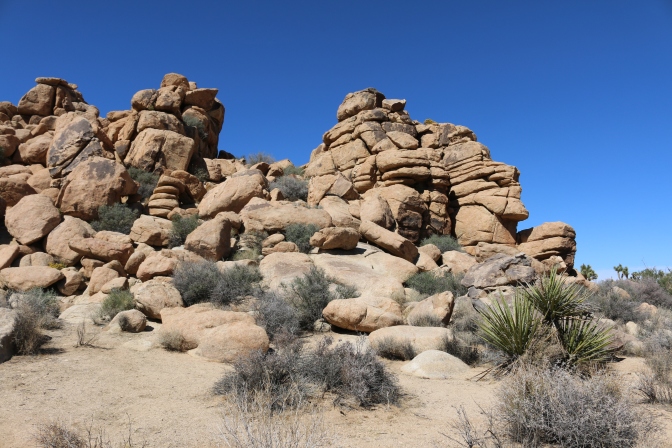
There was not much elevation change, though it got tiring at times walking on the soft gravel that formed a good amount of the trail, particularly with temperatures in the high seventies and under a still early autumn, blistering sun. Along the way, we simply admired the differences in the trees and the surrounding landscape. We even climbed up on a few easily accessible boulders, though it was nothing compared to some of the more serious boulder-ers we observed throughout the park.
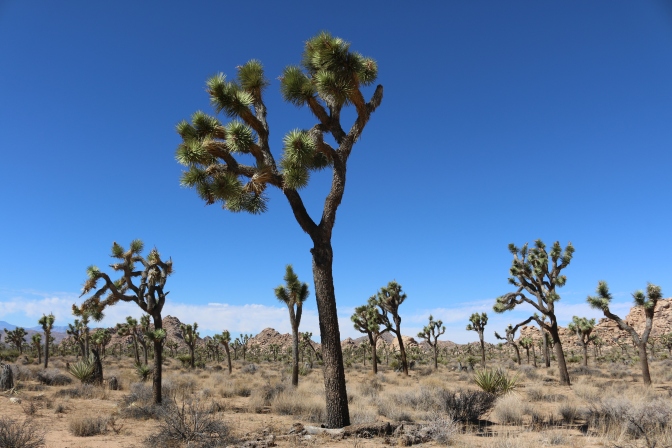
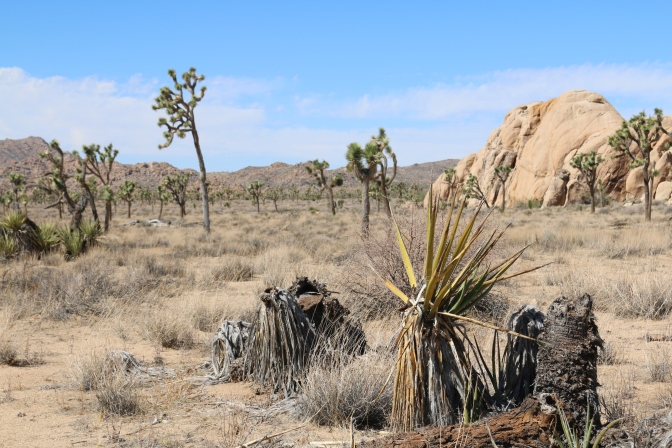
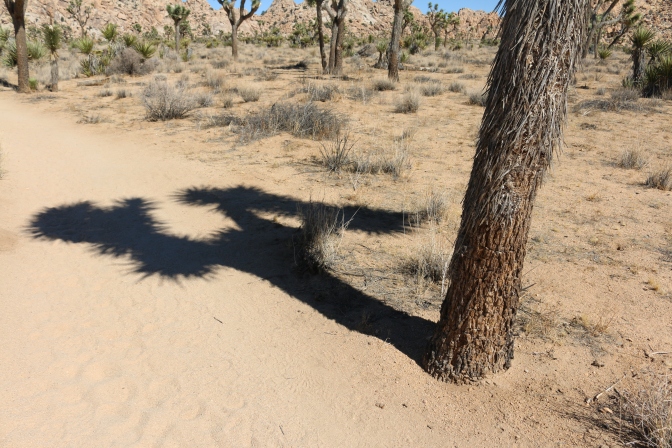
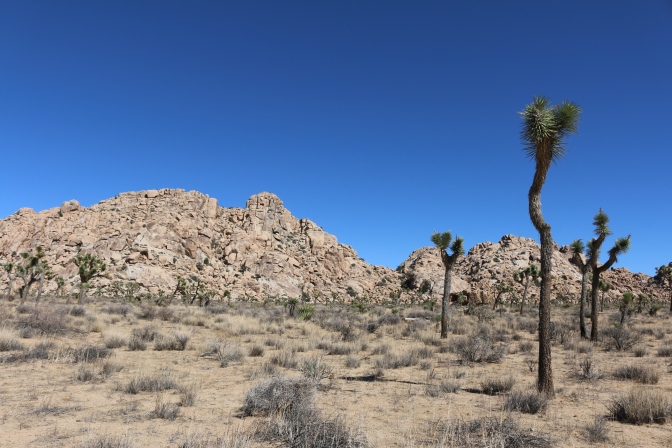
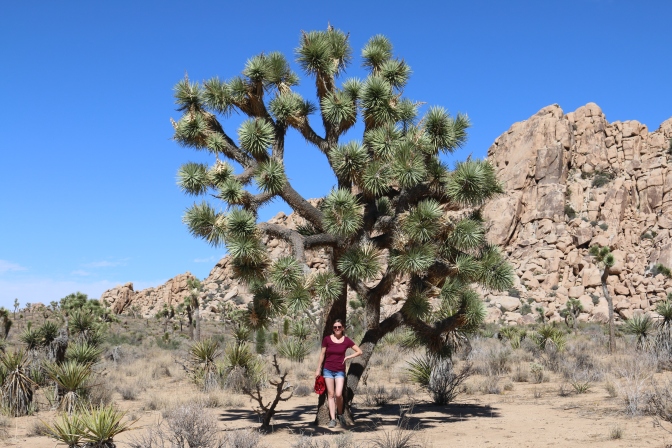
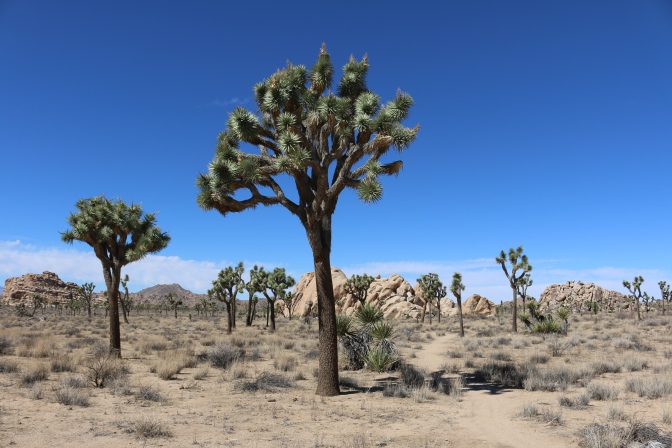

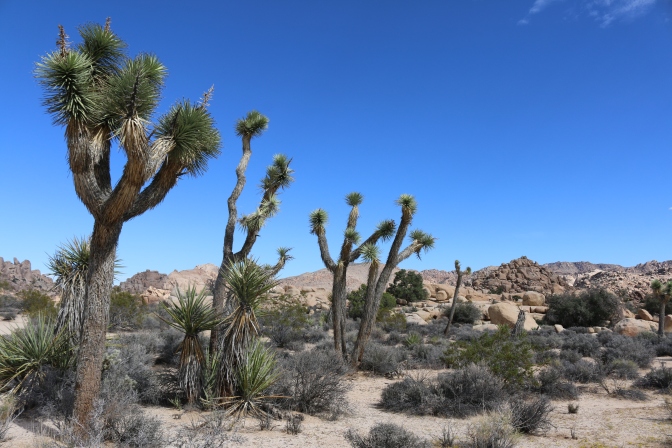
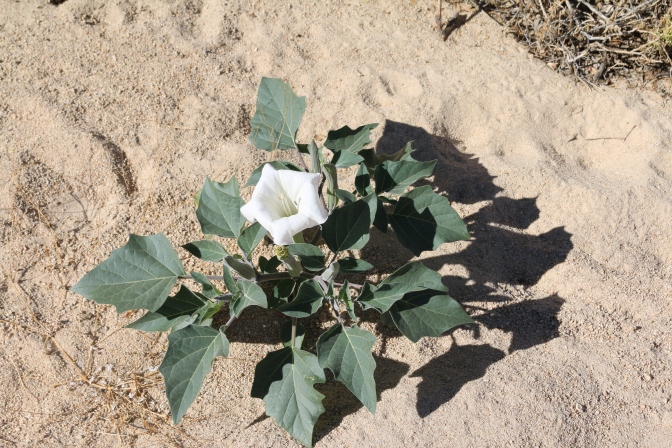
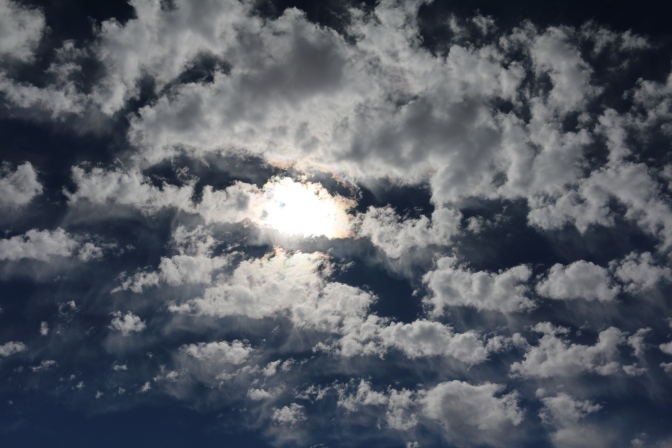

The trail ended at Willow Hole, an unmarked grove of willow trees that dead ended with a rock jam filled with quite murky water at the bottom of it. A bit of an anticlimactic ending, it was still a great hike through the beautiful atmosphere of the park.
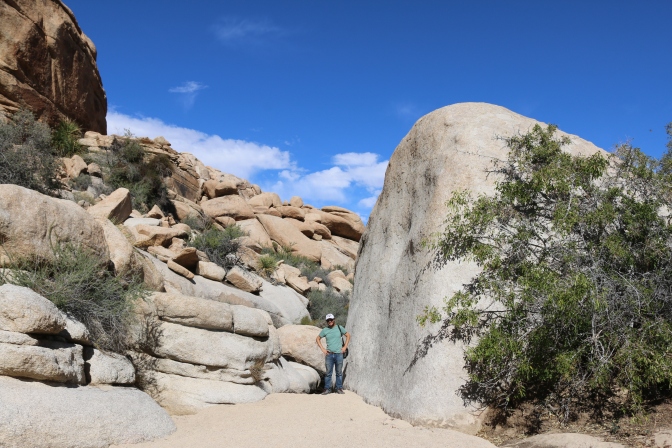




I know, it seems like a mythical plant, doesn’t it?!
LikeLike
So the Joshua tree really does exist and you have proved it!
LikeLiked by 1 person
Beautiful!
LikeLike